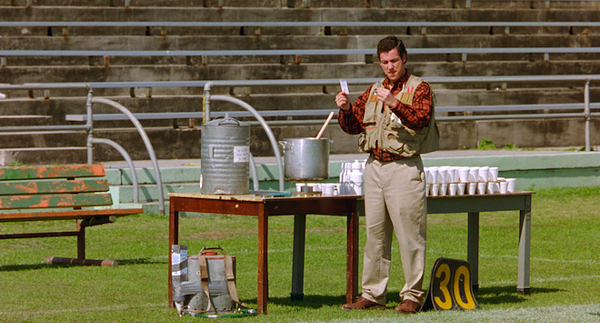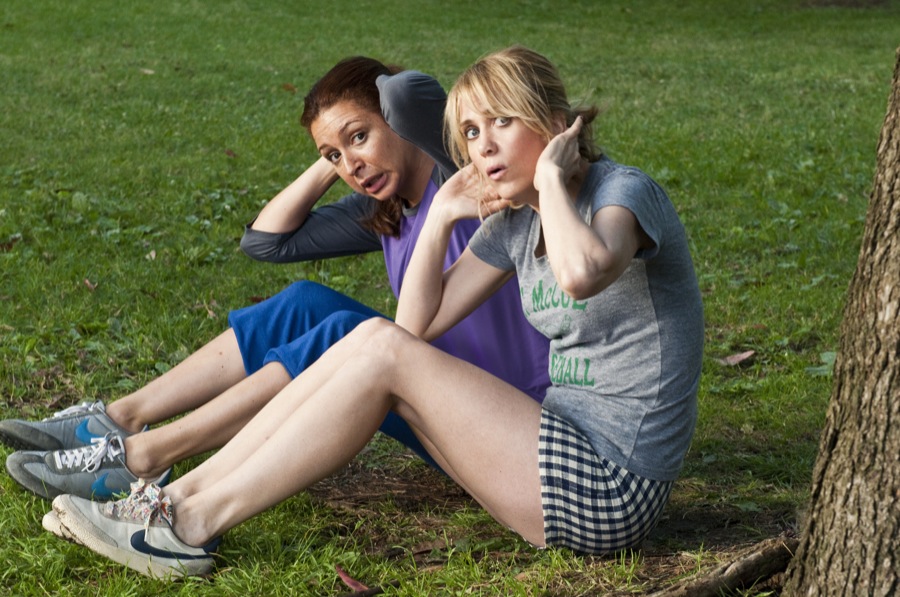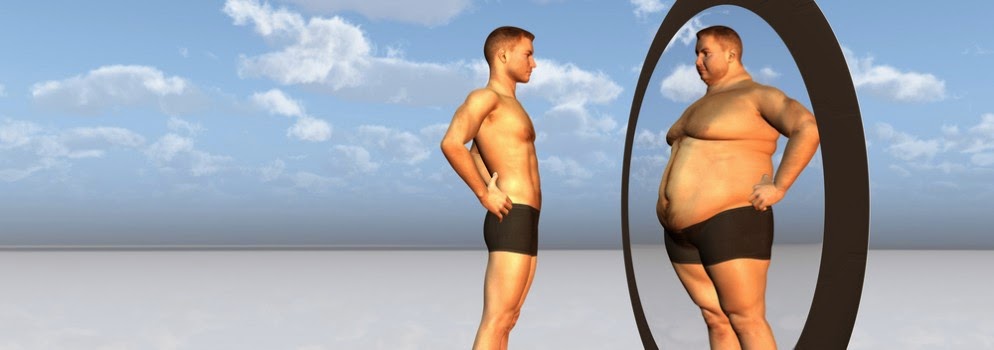Even if Bikram yoga is your idea of hell, sweating through an outdoor workout session during the summer time may actually be a big fitness advantage. We are sure that some of you may be missing training in the cooler weather, but pushing yourselves to get up to train in the summer heat could help improve your performance in running, cycling or any cardio based activities. As long as you are taking the right precautions, workouts in warmer weather can help train for an endurance event like Tough Mudder or Spartan Race. Hot weather training may even eclipse high- altitude training when it comes to improving your performance.
Tips For Working Out In The Heat!
Elevating your core body temperature so much that you almost faint during a workout is not going to give you any street credit so it’s up to you to know your limits. You just need to listen to your body!
- Drink Up! The warmer it gets, the more you sweat, so you must make sure you are replacing all those fluids as you workout in such extreme weather. Make sure you are drinking water before, during and even hours after your workout. If you are training for less than an hour – water should be fine but anything more intense will require sports drinks to get those carbohydrates and electrolytes replaced.
- Slip, Slop, Slap! Even on days when the sun isn’t out and about, it is very important to always bring sunscreen, wear a hat and train undercover when you can.
- Humidity. Humidity is also a huge factor to take into account. The way in which the body cools itself during exercise is through sweat. Sweat hits the skins surface and it evaporates to cool the body. In a humid environment, you don’t experience as much of that evaporative cooling effect because the environment is already pretty saturated with fluid.
- Try Not To Go Overboard.. Understand that you can still be in good shape without heat acclimating. Try keep the intensity at a moderate pace and not too overboard during the first couple of hot workouts.
- Wear breathable clothing! Nothing worse than feeling even more warmer due to your track pants or thermal long sleeve tops! Time to get the t-shirts and shorts back out whilst also remembering to wear sun protection!













